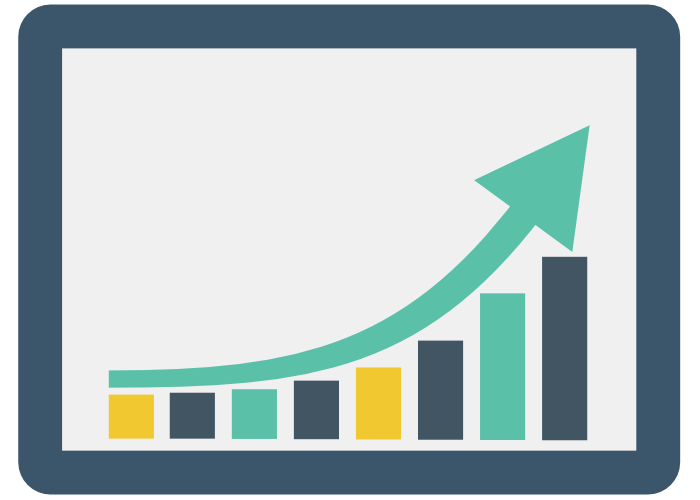Leveraged & Inverse ETF

A tool to amplify returns without financing, and stay in the green when market turns south
A tool to amplify returns without financing, and stay in the green when market turns south
2 new strategies will soon be introduced on the Main Market of Bursa Malaysia; leveraged, and inverse strategies. The strategies will provide an avenue to investors to either double the investment exposure into an index through a 2x Leveraged ETF, or gain the reverse (inverse) performance of the index through an Inverse ETF.
Double your investment exposure with Leveraged ETF

Leveraged exchange-traded funds provide you with the ability to multiply your market exposure without having to put in additional capital or apply for financing with your broker.
Gain the reverse performance with Inverse ETF
Inverse exchange-traded funds provide you with the option to go against markets.

How Leveraged ETF and Inverse ETF work?
Leveraged ETFs amplify your investment results, meaning returns on your investment would be multiplied, both on the upside and on the downside. For example, whilst your investment returns could be doubled to provide you a 4% gain when the underlying index is up by 2%, the results are the same in the reverse. I.e. if the underlying index records a loss of 2%, your investment return would be a loss of 4%.
Conversely, as the Inverse ETF provides the reverse results of the index, your investment returns would be positive if the underlying index performs negatively. Do note that in a reversed scenario where the underlying index performs positively, your investment returns would then be negative.
ETF Performances in upward and downward trends
Underlying Index, 2x Leveraged ETF vs (-1x) Inverse ETF
Trading in ETF vs Futures
You may then ask what the difference is between trading the futures yourself. Trading a Leveraged, and Inverse ETF provides you with the exposure without the hassle of monitoring your exposure.
 Hassle Free
Hassle Free
Did you know that there are expiration dates to the futures that you buy into? There may be negative impact on your portfolio if the futures are not rolled-over within the stipulated timeframe. Through an ETF, monitoring of these activities will be done by a Fund Manager, thus there will be no headache of managing timelines from an investors' perspective.
 Lower Investment Amount
Lower Investment Amount
Further to that, each futures contract usually comes in multiples of 50 of the index point, which means you will be committing to a relatively high investment amount although using margins, you need not pay the full sum to invest.
Things you need to know before you invest

The listing of these ETFs is slated to take place in November 2019. Check Bursa Malaysia for the latest development.

The introduction of these new strategies will be made using a wide range of underlying index, which will consist of both domestic, as well as foreign indices.

Given that these strategies are considered more sophisticated than your average stocks, and conventional ETFs, you would be required to carry out a checklist declaration through your broker to setup your account and have your account operationally ready for trading.

Speak to your brokers to find out more on how you can start trading Leveraged & Inverse ETFs.


















